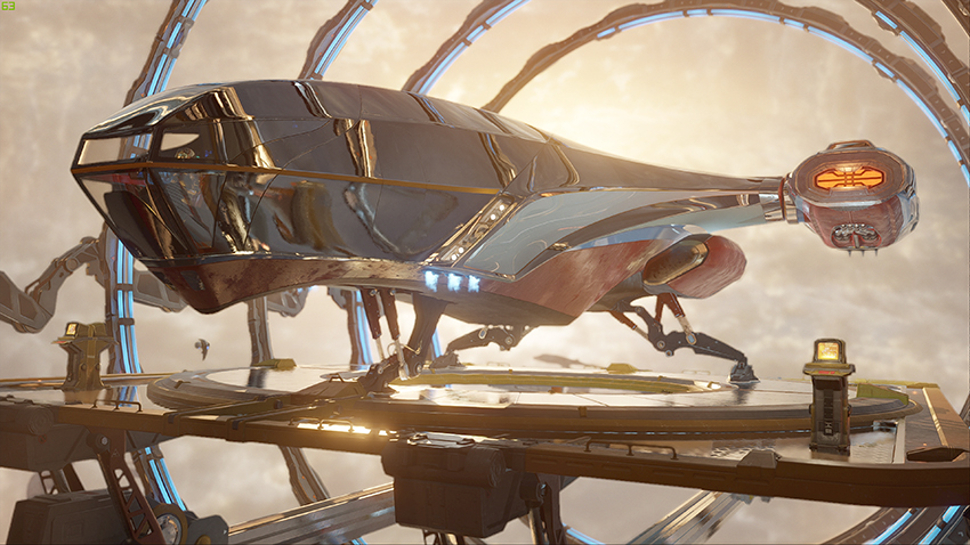Nvidia boasts of DLSS boosting GeForce RTX frame rates by up to 50%
At least going by 3DMark’s Port Royal benchmark

Nvidia has been boasting about the difference its DLSS tech will make to frame rates and image quality with GeForce RTX graphics cards – under supported games, more of which are coming soon – and now you can see for yourself with 3DMark’s Port Royal benchmark now supporting DLSS (deep learning super sampling).
Port Royal is a benchmark designed around ray tracing to test the performance of GeForce RTX cards. As mentioned, the latest version supports DLSS, and has been released alongside a new set of Nvidia’s graphics drivers (which you’ll also need to be running to test DLSS).
Those drivers, incidentally, also introduce support for laptops running RTX graphics solutions.
- Nvidia is also using mesh shading tricks to speed up RTX cards
- Should you upgrade to a GeForce RTX 2080?
- We reflect on how Nvidia was faster, yet pricier and dicier in 2018
According to Nvidia’s own testing with Port Royal, DLSS can boost frame rate performance by up to 50% across GeForce RTX GPUs. It’s a huge benefit if these figures are anything to go by, and perhaps even more excitingly, they indicate the biggest boost will come to the cheapest RTX card – the 2060.
The RTX 2060 witnessed a boost of almost 50% on Nvidia’s test rig, which was built around a Core i7-8086K clocked up to 5.2GHz and backed with 32GB of system RAM. The RTX 2070 hit a 45% increase, and the RTX 2080 and 2080 Ti were a little behind that in lower-40s turf. This was at 2,560 x 1,440 resolution.
Of course, you don’t have to take Nvidia’s word for it. If you have one of these graphics cards and 3DMark (with the Port Royal Upgrade), just make sure you install Nvidia’s new graphics drivers – and you’re running Windows 10 October 2018 Update – and you can go ahead and see the benefits of DLSS on your rig for yourself. See Nvidia’s blog post for the full instructions on how to get things up and running.
Sharper details
Remember that this isn’t just about faster frame rates, but also slicker image quality, with Nvidia posting plenty of comparative shots of DLSS and non-DLSS graphics in the aforementioned blog post to illustrate the differences.
Get daily insight, inspiration and deals in your inbox
Sign up for breaking news, reviews, opinion, top tech deals, and more.
That includes considerably sharper overall detail levels and better anti-aliasing, along with improved details when scenes are viewed through transparent surfaces like windows. There’s also a comparison video, which you can check out below.
Of course, before we get too excited, we have to remember the very limited support for DLSS right now. Outside of this benchmark, the only game that will benefit is Final Fantasy XV.
However, Nvidia made it clear that DLSS will soon be arriving in Battlefield V and Shadow of the Tomb Raider, along with Anthem and Metro Exodus (the latter two aren’t actually out yet, but will debut later this month).
Nvidia adds that we should expect ‘numerous’ other games to get DLSS support throughout the course of 2019, to boot. Here’s hoping for those who have made the RTX commitment.
- These are the best graphics cards you can buy in 2019
Via Tom’s Hardware
Darren is a freelancer writing news and features for TechRadar (and occasionally T3) across a broad range of computing topics including CPUs, GPUs, various other hardware, VPNs, antivirus and more. He has written about tech for the best part of three decades, and writes books in his spare time (his debut novel - 'I Know What You Did Last Supper' - was published by Hachette UK in 2013).